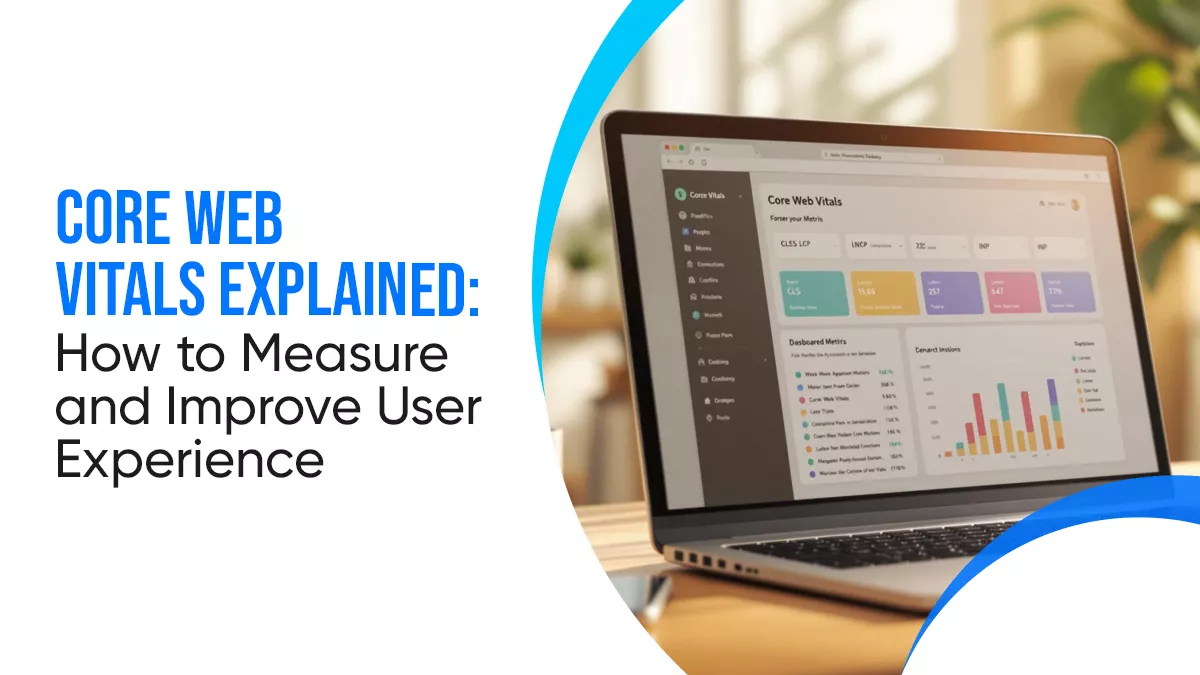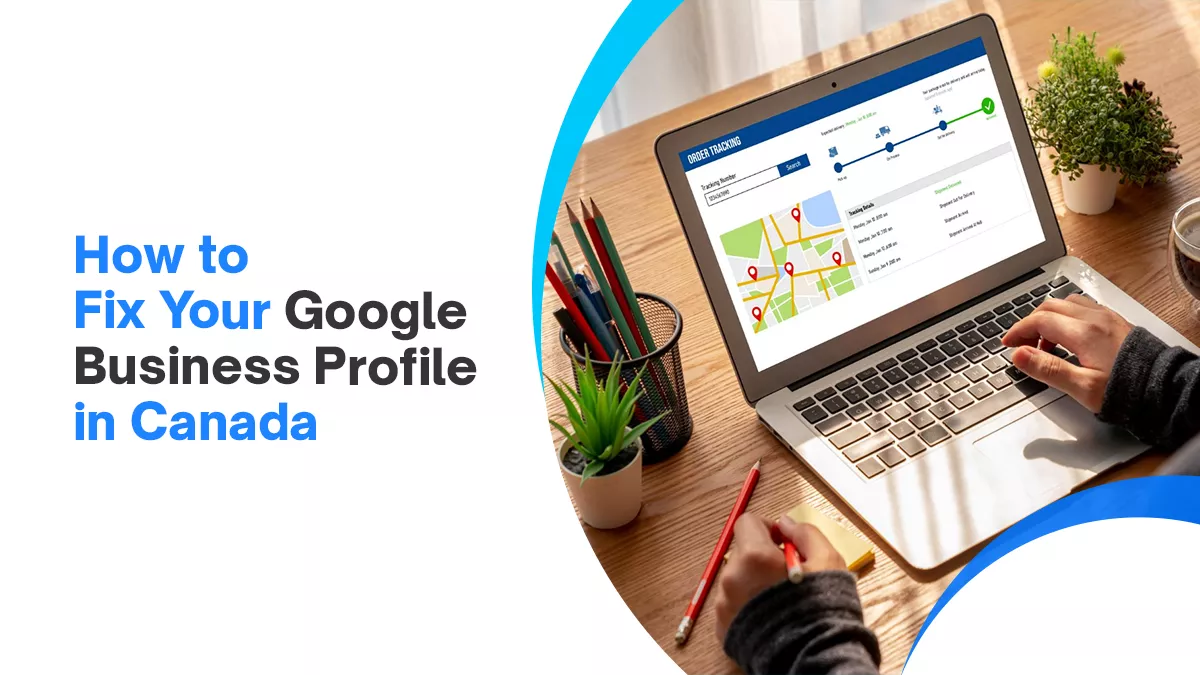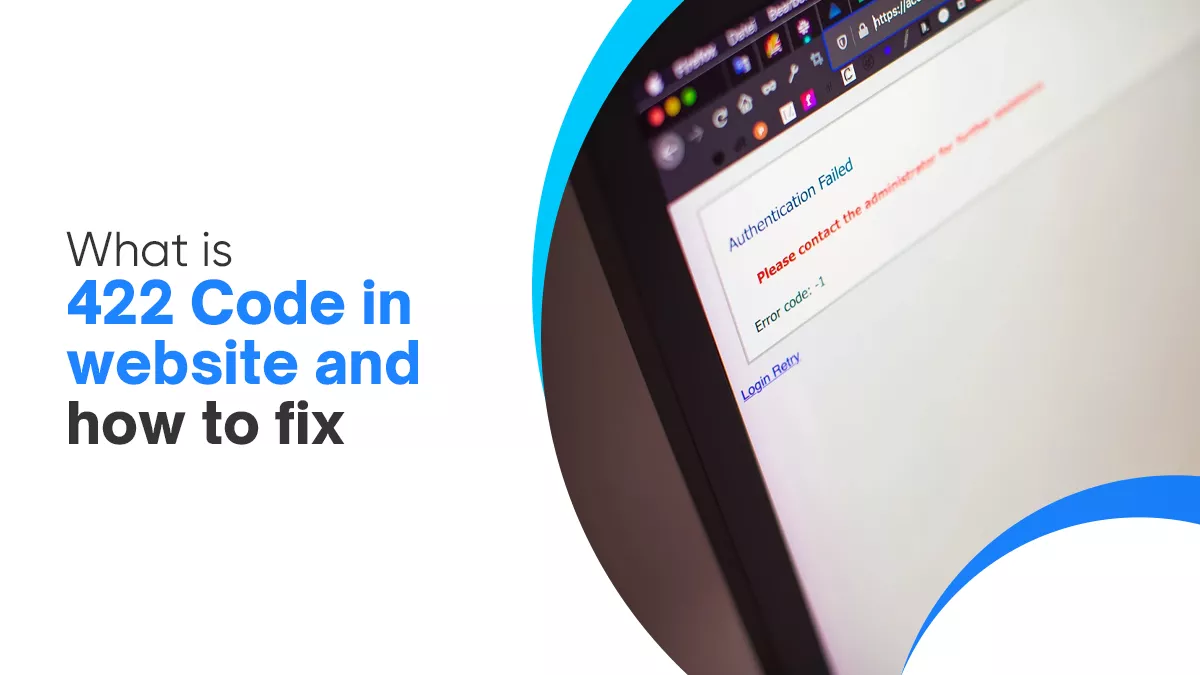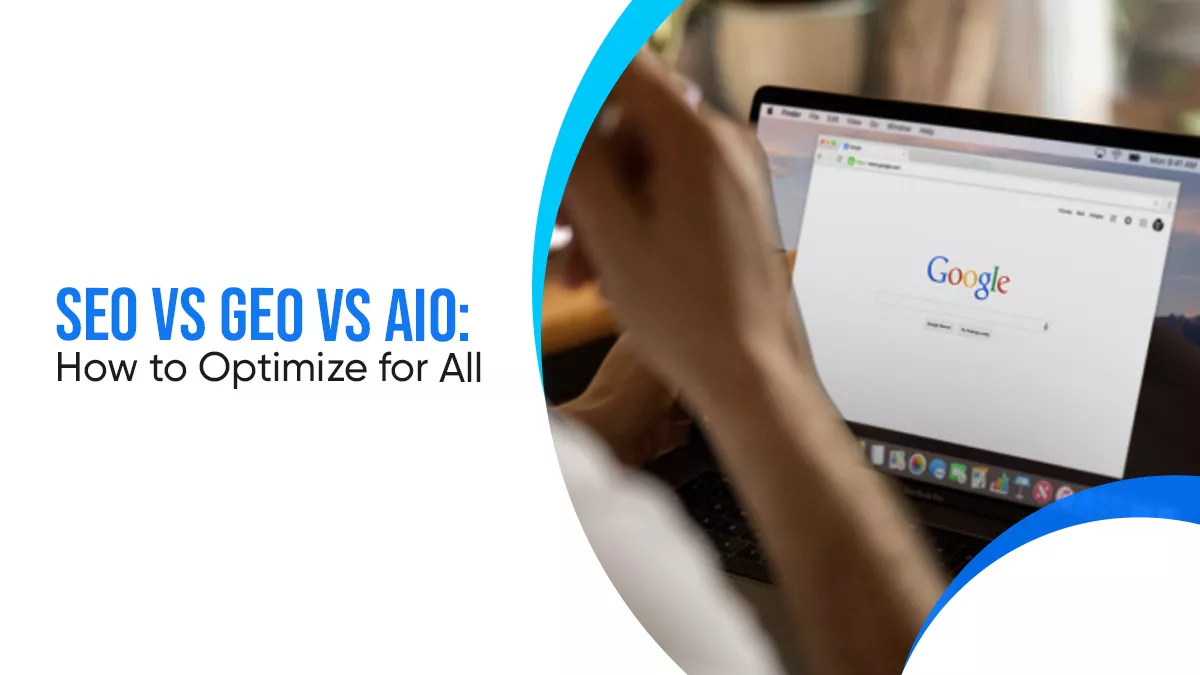Imagine someone in your neighborhood types “electrician near me open now”, within seconds, your business appears right at the top of Google’s local results. That’s the power of local SEO dominance.
With AI Overviews, voice search, and hyperlocal demand reshaping search behavior, showing up first in local search results means more calls, more visits, and ultimately more customers.
But the real question is how do we stay up and target the nearest customers, well, that is where local SEO comes in. Keep reading to find out more about it and how to use it for your own good.
What Is Local Search and Why It Matters in 2025?
Local search is when someone uses a search engine, like Google, to find businesses, services, or products near their current location. It usually includes words like “near me,” the name of a neighborhood, or a city.
Examples of local search queries include:
- “Hair salon near me open now.”
- “Best pizza in downtown Austin”
- “Emergency plumber in Garden City”
When people make these kinds of searches, they are often ready to take action, like calling a business, booking a service, or visiting a store.
That’s why local search is powerful. It connects customers with local businesses in real time, based on relevance, distance, and prominence.
How Does Local Search Work on Google?
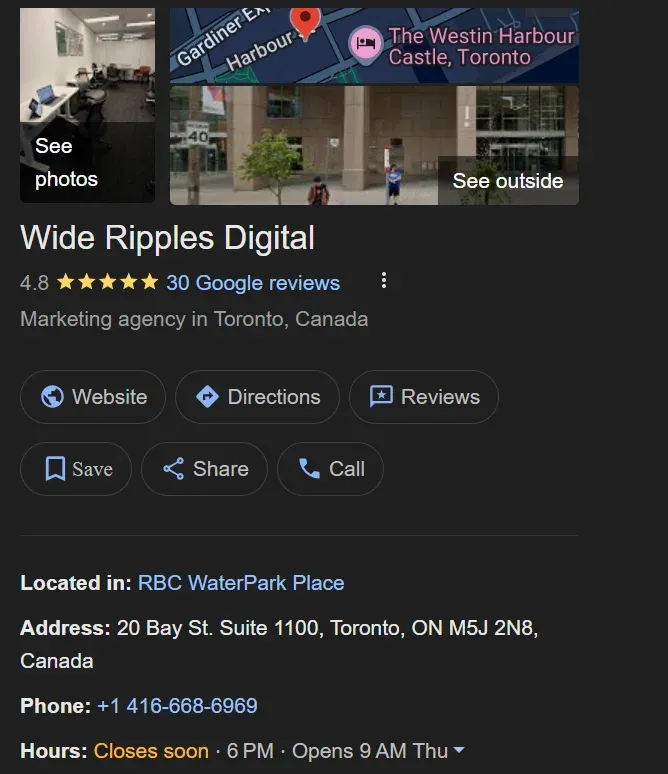
When someone types a local query into Google, the search engine shows:
- A map pack (the top 3 businesses shown on the map)
- Organic search results (business websites and directories)
- Sometimes, an AI-generated summary or answer box
Google uses your Google Business Profile, your website, reviews, location data, and online presence to decide which businesses to display in those top spots.
Top Local SEO Trends in 2025 You Should Know
1. AI Overviews & Google’s AI Mode
Google’s AI Overviews now deliver direct, concise summaries at the top of local search results, often capturing attention before the traditional link-based listings. In early 2025, Google began testing AI Mode, offering fully conversational, AI-generated results that reduce clicks to websites.
2. The Rise of AEO (Answer Engine Optimization)
Businesses must now optimize content to be featured in answer engines, not just web pages. This involves using structured Q&A content, Schema markup, and a clear conversational tone to fuel voice assistants and AI results.
3. Voice Search & Micro-Moment Queries
Voice search and micro-moment behavior (e.g., “best sushi near me now”) continue to grow. Google now weighs user intent, mobile real-time needs, and proximity heavily to satisfy this behavior.
4. Ranking Shifts: Reviews, Activity & Local Authority
Google’s ranking algorithm for local search increasingly focuses on Google Business Profile activity (reviews, photos, posts), and local backlinks as prominence signals.
5. Local Ranking Factors: Relevance, Proximity, Prominence
Google still relies on the “big three” local ranking factors, relevance (match to search intent), proximity (distance from searcher), and prominence (authority and engagement). Recent updates have further emphasized proximity and review signals in the local pack ranking mix.
How to Dominate Local Search in 2025
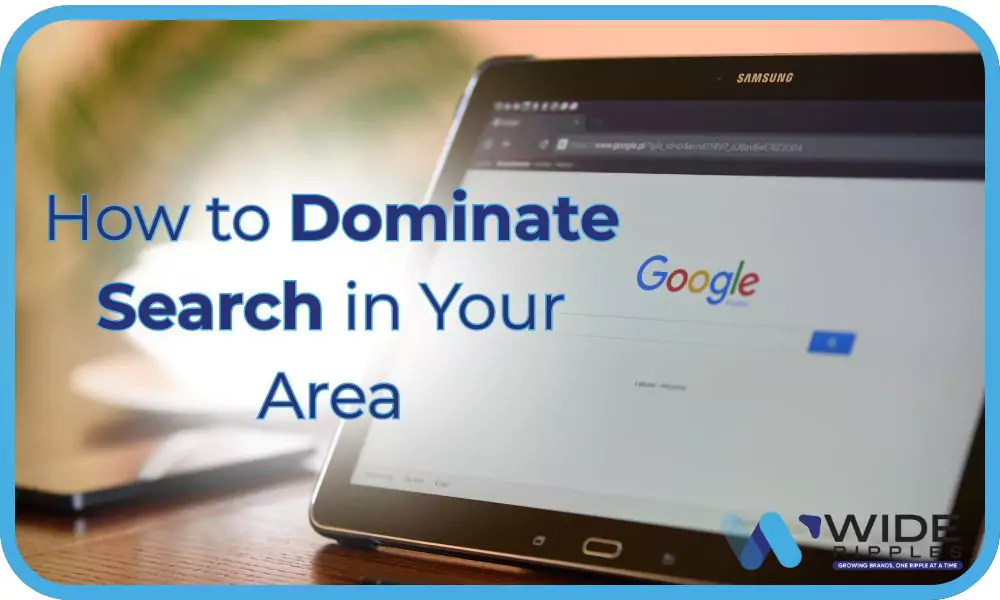
Below is a step-by-step strategy to help you gain real visibility in the local search results and outperform competitors.
1. Fully Optimize Your Google Business Profile
Your Google Business Profile (formerly Google My Business) is the foundation for local visibility. This listing feeds Google’s local pack and Google Maps rankings.
Make sure your profile includes:
- Accurate business name, address, and local phone number (NAP)
- Correct category selection that closely matches your service
- High-quality images of your storefront and services
- Updated business hours and service areas
- Regular posts, updates, and promotions
Encourage satisfied customers to leave detailed Google reviews, and reply to them promptly. This improves trust and influences your placement in both the map pack and broader local SERP results.
2. Target Local Keywords with “Near Me” Intent
Use keywords that reflect real-world search behavior. Phrases like “emergency dentist near [your neighborhood]” or “best Italian restaurant in [city]” are examples of how users search today. Including local keywords naturally in your titles, headers, and content helps Google understand your relevance in specific areas.
Create service pages that include:
- Neighborhood names
- Landmarks and popular locations
- Common search phrases with “near me” intent
This strengthens your visibility for micro-local and mobile location-based SEO searches.
3. Create Hyperlocal, Helpful Content
People no longer search just for services, they search for solutions near them. Publishing content that focuses on your specific city or neighborhood builds relevance and trust.
Examples include:
- Blog posts about community events you support
- Service case studies from local clients
- Tips related to your services tailored for your region or weather
Hyperlocal SEO strategies like these improve your connection with your audience and help you appear in neighborhood search results.
4. Use Local Schema Markup and Structured Data
Adding on-page local schema markup helps search engines understand your business location, services, hours, and contact info. Use tools like Schema.org or SEO plugins to embed LocalBusiness structured data on every location page.
This markup supports your eligibility for rich results and can increase your chances of being featured in AI-powered snippets and maps.
5. Build Local Citations and Backlinks
Ensure your business is listed consistently across key directories such as Yelp, Yellow Pages, TripAdvisor, and niche-specific listings. These local citations signal trust and relevance to search engines.
In addition, focus on earning backlinks from:
- Local blogs and news sites
- Sponsorships or partnerships within your city
- Chamber of Commerce or community websites
These local backlinks improve your online prominence, one of Google’s core ranking factors for local search.
6. Optimize for Mobile and User Experience
Most local searches happen on mobile. Your website should load quickly, be easy to navigate, and display essential information prominently, especially your phone number, address, and business hours.
Use click-to-call buttons, service area maps, and clean design to support mobile-first local user behavior. Also, ensure your site meets Core Web Vitals standards to avoid penalties in mobile search rankings.
Need Help Dominating Local Search?
Local SEO can be complex, especially with ongoing algorithm updates, structured data requirements, and competitive markets. If you’re ready to build a tailored strategy and drive more customers from local search, it’s wise to work with proven experts.
WideRipples is a trusted digital marketing agency specializing in SEO services for small and medium businesses. Their team understands hyperlocal SEO strategies, on-page and off-page optimization, and how to dominate Google’s local pack.
Learn more about their services here: WideRipples Local SEO Services
They can help you:
- Optimize your Google Business Profile
- Improve Google Maps rankings
- Build consistent NAP citations
- Create localized content and structured data
- Generate more visibility in “near me” searches
If your goal is to improve local SERP visibility and convert more nearby customers, partnering with a team like WideRipples can give you the edge you need.
Quick FAQs
What does it mean to dominate local search?
To dominate local search means your business shows up at the top of Google results when people nearby search for services you offer. This includes ranking in the Google Local Pack, Google Maps, and local organic search results.
How does social proof and review activity lift local rankings?
Social proof, such as reviews, ratings, and user photos, tells Google that your business is active and trusted.
Should I target “near me” queries or geo-specific terms?
It is advisable to use both. “Near me” matches voice and mobile searches, while geo-specific terms like city or neighborhood names build deeper local relevance.
How do I optimize my website for neighborhood-level searches?
Create location-specific pages or content that include nearby neighborhoods, landmarks, and services offered. Use local schema markup and “near me” keywords naturally in your site text and meta tags.
How long does it take to see results from hyperlocal SEO?
Most businesses start seeing results in 3 to 6 months, depending on competition and how well the strategy is implemented. Consistency and ongoing updates help you rank faster and stay visible.
Do customer reviews help me dominate local search
Reviews are one of the strongest signals Google uses for local ranking. More positive reviews, especially with local keywords, can help boost visibility and trust.
How do I optimize my Google Business Profile for local search?
Claim your profile, choose the correct category, add photos, and write a strong business description with local keywords. Keep your hours updated, post regularly, and respond to customer reviews.
How many citations do I need to dominate local SEO?
There’s no perfect number, but your business should be listed consistently on top local directories like Yelp, Yellow Pages, and niche platforms. More high-quality and consistent citations help build trust with search engines.
How do I rank in the Google Local Pack?
You need to fully optimize your Google Business Profile, collect high-quality reviews, and keep your business information accurate and active. Google also looks at how relevant, nearby, and well-known your business is.
What are the three local ranking factors?
The three main local ranking factors are relevance, distance, and prominence. These decide how well your business matches a local search, how close you are to the searcher, and how trusted your business appears online.
Disclaimer: The information provided in this blog is for general informational purposes only. For professional assistance and advice, please contact experts.


